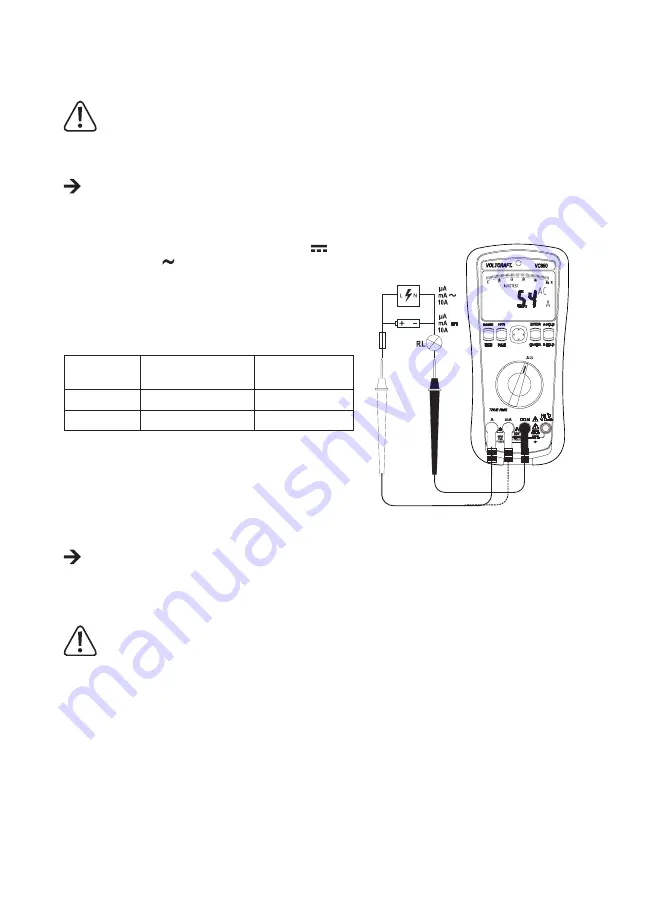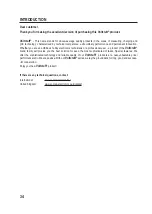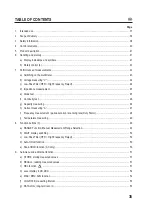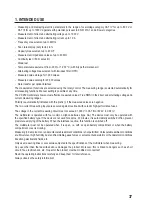
47
h) Current measuring “A”
Do not exceed the maximum permitted input values. Do not touch any circuits or parts of circuits
if they may be subject to voltages higher than 25 V/ACrms or 35 V/DC! Danger to life!
The maximum permissible voltage in the circuit must not exceed 1000V in CAT III or 600 V CAT IV.
Measurements on the A-measurement input may only be carried out for a maximum of 3 minutes, on
mA measuring input only for a maximum of 10 minutes. The pause interval is at least 20 minutes.
Always start current measurements at the highest measurement range and switch down to lower ranges if
necessary. Before changing the measurement range, always power down the circuit. All current measuring
ranges are secured with fuses and thus protected against overload.
Proceed as follows to measure direct currents (A
) and
alternate currents (A
):
- Switch on the DMM and select measuring range “A”.
- The table shows the different measuring functions and possible
measuring ranges. Select your measuring range and the respec-
tive measuring jacks.
Measuring
range
Measuring
jacks
Measuring
function
mA
0.001 mA - 100 mA
COM + mA
A
0.001 A - 10 A
COM + A
- Insert the red measuring line into the mA or A measuring jack.
Plug the black measuring line into the COM jack.
- Connect the two measuring prods in series with the object to be
measured (battery, circuit, etc.); the display indicates the polar-
ity of the measured value together with the currently measured
value.
When a minus “-” appears in front of the measured value when measuring direct current, the current has the
opposite direction (or the measuring lines have been swapped).
- Remove the measuring lines from the object to be measured after completion of the measurement and switch off
the DMM.
Never measure any currents above 10 A in the 10 A range or currents above 100 mA in the mA range;
otherwise the fuses trigger.
















































